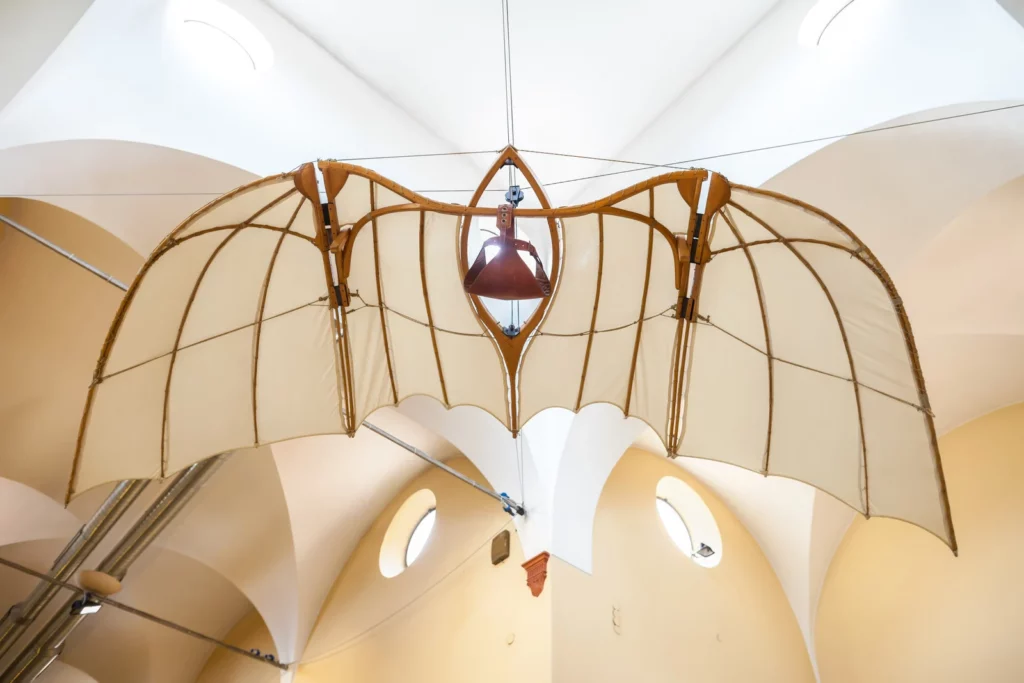History and STEM subjects (Science, Technology, Engineering and Mathematics) are often presented as very different, even opposites. In the collective mind, history belongs to the past and will not change, while the other subjects are seen as constantly evolving and belonging to the future. Given that these subjects are perceived as very different, they have traditionally been taught in two very distinct courses.
While the advantages of teaching STEAM subjects in an interdisciplinary way are well established, the integration of history into these subjects is still a relatively uncommon practice. And yet it has many advantages!
Integrating history into STEAM subjects would allow a deeper learning of these subjects and a better understanding of history in general. Indeed, all human activity, including STEAM practice, is historically and culturally located (Medin & Bang cited by Park & Cho, 2022). For example, learning the mathematical techniques described in ancient Chinese books can both improve students’ understanding of mathematics and broaden their historical knowledge (Park & Song cited by Park & Cho, 2022).

Including history in STEAM subjects would also make science learning more concrete and motivating. Matthews (2014 cited in Park & Cho, 2022) suggested that the inclusion of a historical component in science teaching can promote a conceptual understanding of science and understand the foundations of it. To illustrate the interdisciplinarity of school subjects, Matthews uses the example of Galileo. His theory was based on Euclidean geometry, and he used the technological advances of the time, such as the telescope and the use of lenses, which enabled him to study phenomena on Earth and in space, all influenced by his theological views.
History can also be used to understand the different facets of science, particularly the social aspects (Allchin et al cited by Park & Cho, 2022). To this end, teachers often use specific episodes from the history of science, mathematics or technology to facilitate learning (Allchin et al, Matthews, Vilani & Arruda, Fauvel, Fried, Furinghetti et al. cited by Park & Cho, 2022). Another possible approach is to focus on a historical figure in the field of science to cultivate students’ interest in the subject.
In our Steam in Times project, we believe that a cross-curricular approach to STEAM subjects using history provides a better understanding of the applications of science and mathematics through time and how they have ultimately evolved to become what they are today. The aim of this approach is to offer a non-formal and motivating way of teaching these subjects.
To help teachers implement this approach in their primary classes, you will find on our website 36 construction plans and 36 teaching sequences to combine STEAM subjects and history. Topics range from building a bridge in the style of Leonardo da Vinci to creating a Lego taxonomy and building an aqueduct.
To be sure you don’t miss any news about the project, subscribe to our newsletter and follow us on LinkedIn!
Bibliography:
Park, W., & Cho, H. (2022). The interaction of history and STEM learning goals in teacher-developed curriculum materials : Opportunities and challenges for STEAM education. Asia Pacific Education Review, 23(3), 457‑474. https://doi.org/10.1007/s12564-022-09741-0

